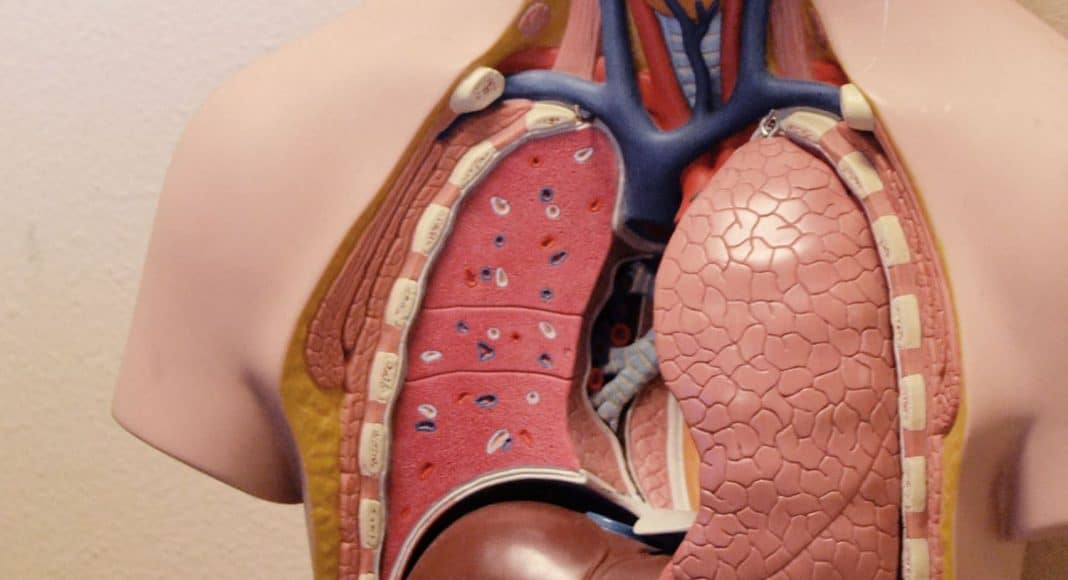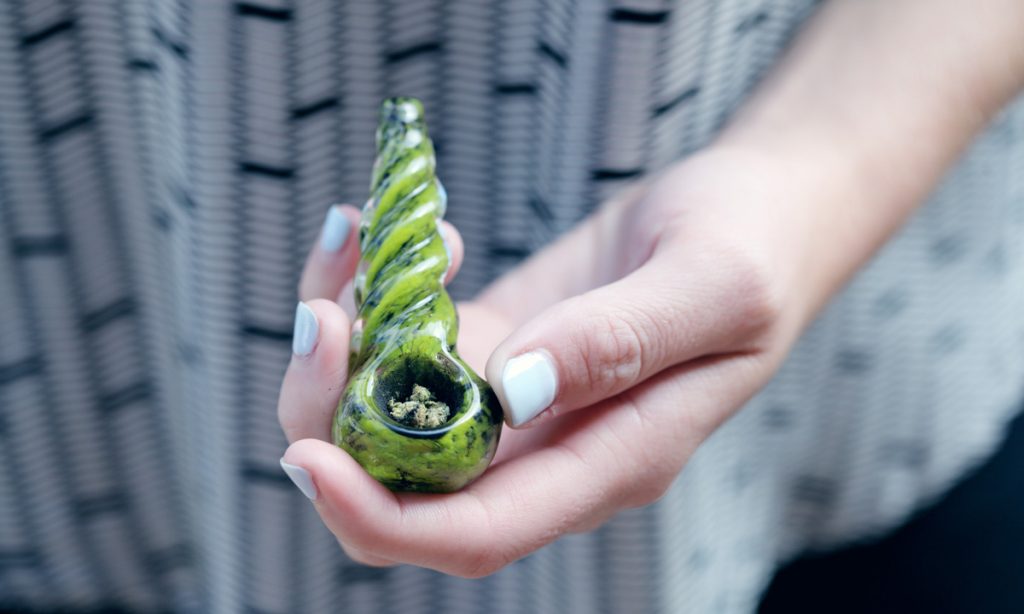Will Using Marijuana Reduce My Lung Capacity?

While smoking cannabis isn’t entirely without health risks, observable adverse effects are far milder than those associated with tobacco use.
Any athlete — any person — knows that cigarettes and lung health don’t mix. The days when tobacco ads depicted famous athletes puffing on cigarettes are long gone, rightfully replaced by public health campaigns and strict limitations on tobacco advertising.
It’s great that we’ve become more conscious of tobacco’s health risks, but this has also led to some misunderstandings and false assumptions about how the lungs and respiratory system are affected by marijuana.
While smoking cannabis isn’t entirely without health risks, observable adverse effects are far milder than those associated with tobacco use. Notably, no deaths have ever been directly attributed to use of marijuana.
What Factors Affect Lung Volume?
If you’re an athlete, you know from experience that muscle mass is only part of the picture. Other than bodybuilding, which is unique in its emphasis on physique, most sports also demand a high level of cardiovascular fitness. After all, even the biggest, strongest muscles won’t get you very far unless they’re fueled by a good supply of oxygen, which is directly impacted by the capacity (and overall health and efficiency) of your lungs.
Lung capacity, another term for lung volume, measures how much air your lungs can contain. The typical maximum lung capacity for adult humans ranges from about four to six liters of air, though a single breath pulls in only about half a liter of air — roughly one eighth to one twelfth our full lung capacity.
Lung capacity can be affected by a host of environmental, biological, and lifestyle factors, some of which are beyond your control.
Factors that affect lung capacity include:
- Your age
- Your gender
- Your height and weight
Restrictive conditions like fibrosis, or abnormal curvature of the spine (kyphosis) can reduce your lung capacity. Obstructive conditions, such as asthma and chronic obstructive pulmonary disease (COPD), do not reduce lung capacity but can create other respiratory problems for the patient.

Does Smoking Cannabis Decrease Or Increase Lung Capacity?
Unsurprisingly, smoking tobacco or cannabis will also affect your lungs — but in measurably different ways. This is something scientists have known for decades, with one study from 1991 noting an “absence of abnormalities in small airway function… in marijuana-only smokers, in contrast to the presence of such findings in smokers of tobacco.”
Since then, additional research has continued to expand our knowledge of the stark differences between tobacco and cannabis with regard to pulmonary function. For instance, a 2010 study published in the European Respiratory Journal, which compared marijuana and tobacco users at ages 18, 21, 26, and 32, found that “cumulative cannabis use” was linked to increases in:
- Total Lung Capacity — The lungs’ overall capacity for containing air.
- Functional Residual Capacity (FRC) — Your FRC measures how much air is left over in your lungs after “passive expiration,” which means breathing out with normal force. (By comparison, labored breathing out would be described as “active expiration.”)
- Forced Vital Capacity (FVC) — A forced expiratory volume (FEV) test measures how much air you can blow out. The reading from the FEV test is called the FVC. FEV and FVC are used to help diagnose COPD. A person with FEV equal to or greater than 80% of the normal level is diagnosed with mild (Stage I) COPD, while very severe (Stage IV) COPD is diagnosed with an FEV less than 30% of the normal level.
It would be misleading not to mention that some studies have come to different conclusions. For example, a 2011 study published in Expert Review of Respiratory Medicine noted “consistent findings that smoking cannabis is associated with large airway inflammation, symptoms of bronchitis, increased airway resistance and lung hyperinflation.” However, the same study also described evidence that cannabis causes respiratory problems as “controversial” and “inconclusive.”
Ultimately, introducing any foreign substance to your lungs poses some degree of risk. However, scientists are largely in agreement that cannabis smoke is substantially less detrimental to human health than tobacco smoke, which — unlike cannabis — contains carcinogenic ingredients such as cyanide, formaldehyde, and ammonia.
Truthfully, if you’re concerned about negative effects on your respiratory health, you may feel most comfortable avoiding the issue altogether with smoke-free methods of using marijuana. For example, you could vaporize your cannabis, which produces steam instead of smoke; or, if you don’t want any substance entering your lungs, you could try making DIY capsules or supplements at home. (For detailed step-by-step instructions, see my articles on how to make cannabis capsules or how to make marijuana suppositories.)
420 Intel is Your Source for Marijuana News
420 Intel Canada is your leading news source for the Canadian cannabis industry. Get the latest updates on Canadian cannabis stocks and developments on how Canada continues to be a major player in the worldwide recreational and medical cannabis industry.
420 Intel Canada is the Canadian Industry news outlet that will keep you updated on how these Canadian developments in recreational and medical marijuana will impact the country and the world. Our commitment is to bring you the most important cannabis news stories from across Canada every day of the week.
Marijuana industry news is a constant endeavor with new developments each day. For marijuana news across the True North, 420 Intel Canada promises to bring you quality, Canadian, cannabis industry news.
You can get 420 Intel news delivered directly to your inbox by signing up for our daily marijuana news, ensuring you’re always kept up to date on the ever-changing cannabis industry. To stay even better informed about marijuana legalization news follow us on Twitter, Facebook and LinkedIn.




